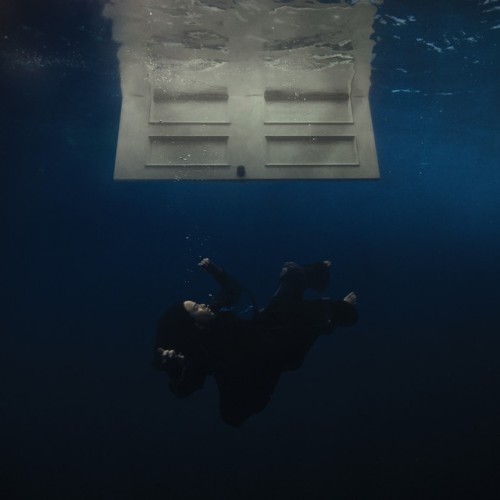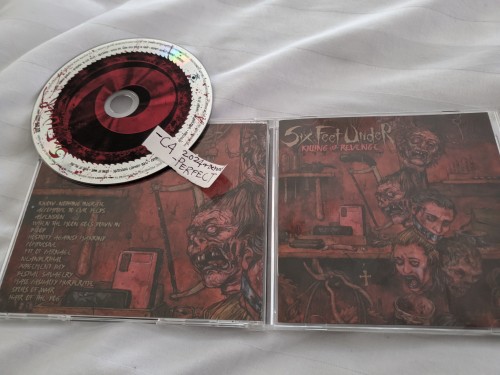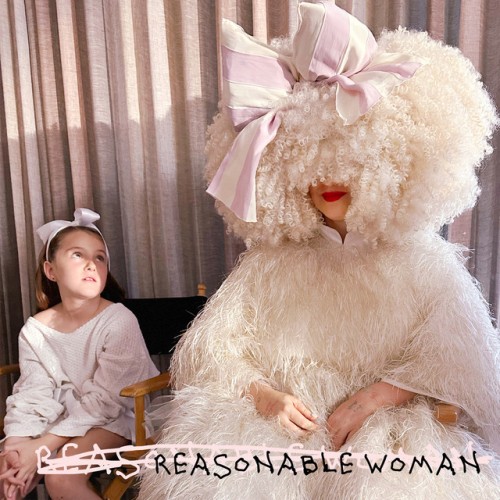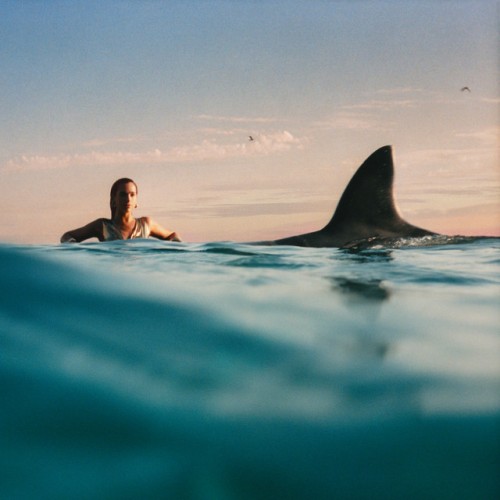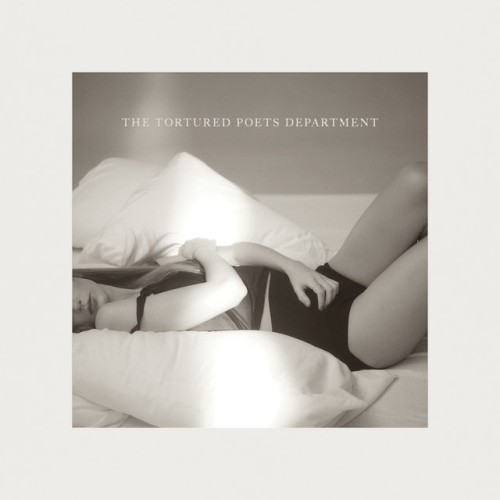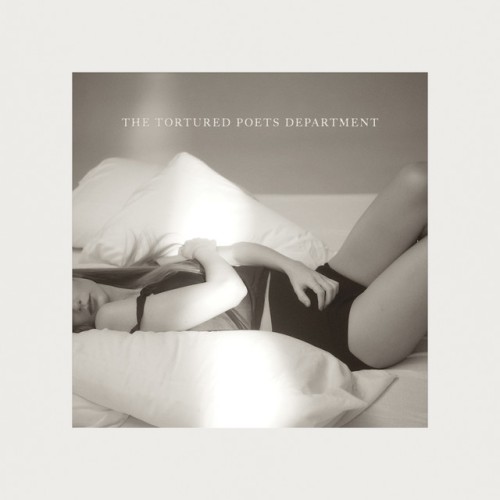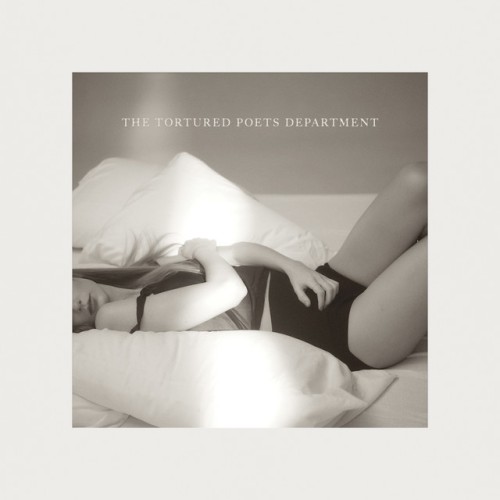
Chick Corea – Return To Forever (1972/2017)
DSF Stereo DSD64, 1 bit/2,82 MHz | Time – 46:57 minutes | 1,85 GB | Genre: Jazz
Studio Masters, Official Digital Download – Source: e-Onkyo | Front Cover | © ECM Records
Return to Forever is a jazz fusion album by Chick Corea, simultaneously functioning as the debut album by the band of the same name. Unlike later albums by the group, it was released by the ECM label and produced by Manfred Eicher. The album was not released in the USA until 1975. The record is often considered one of the classic albums in electric jazz.
At this stage, Corea’s approach to jazz fusion was very different compared to other early fusion artists. Adventurous electric piano solos are backed with South American oriented rhythms of drummer Airto Moreira and the vocals and percussion of his wife Flora Purim. Stanley Clarke is the bassist of the group (playing electric bass on A-side and double bass on B-side) and Joe Farrell plays flute and saxophone. This first line-up of Return to Forever consists of musicians (excluding Joe Farrell and Flora Purim) that were also playing on Stan Getz’s album Captain Marvel that was released in the same year.
The first track can be divided into five parts. There are three short parts in which Corea plays simple, haunting melodies with Purim doubling them with her voice. Between these three parts, there are two longer parts in which the whole band plays. These main parts are both based on their own riffs. Farrell plays a flute solo over the first main part and Corea plays a solo over the second. Moreira’s drum pattern gives the composition an airy feeling of its own. Purim sings along with riffs, screaming a bit towards the end.
The second track, “Crystal Silence”, is Corea’s song. The track is played just by Corea and Farrell with some soft percussion in the background. Farrell performs a long saxophone solo. Third track, “What Game Shall We Play Today?”, is another of Corea’s songs. It has a very affectionate melody and Purim singing vocals. Farrell is now playing the flute. Corea and Farrell give short solos between the second and the third verse. The band would return to this song during the Light as a Feather sessions later in 1972 when they made four attempts with it; though the song did not make it to the album, all the takes appeared on the expanded edition of Light as a Feather.
The B-side of the album has only one track which consists of three different pieces of music. Probably they have been recorded without breaks and this is the main reason why they are not separated on three individual tracks; the bass lines skilfully link them together as well. The first seven minutes of the track consist of an improvised introduction featuring Corea, Farrell and Clarke, slow-paced and feeling akin to a Chinese landscape painting. As this section closes the piece moves into “Sometime Ago”. It is a Latin-flavored song with Purim’s vocals and Farrell soloing on flute. After that song, Farrell switches to soprano saxophone and the band plays “La Fiesta”, one of Corea’s jazz standards. Corea has written that most Spanish songs deal with matters such as misery or torture[citation needed] but “La Fiesta”, however, is about celebration. The song is an instrumental piece that relies on flamenco modes.
Read more
Netherlands Radio Philharmonic Orchestra,Jaap van Zweden – Anton Bruckner: Symphony No. 8 (2012)
DSF Stereo DSD128/5.64 MHz | Time – 01:19:24 minutes | 6,26 GB | Genre: Classical
Studio Masters, Official Digital Download – Source: nativeDSDmusic | Booklet, Front Cover | © Challenge Records
Despite the big differences between them, there is a certain kinship between Bruckner’s ‘official’ nine symphonies (the ones he decided to call ‘valid’): the broadly expansive themes with their lengthy build-up of tension and the expectant tremolo of the strings (first introduced by Beethoven in his Ninth Symphony) at the beginning, from which the main theme wells up. Bruckner often gives the singsong, sometimes distinctly lyrical second theme a contrapuntal second voice. The third theme, on the other hand, is often monolithic, full of clenched energy, that bursts out in unison and goes on to develop a huge rhythmic force. Then there are the long drawn-out Adagios with their heavenly cantilenas and the starkly contrasting, waggish Scherzos, almost smelling of earth. They are all just as characteristic of Bruckner’s compositions as the broadness of the codas in the outer movements, introduced by a soft roll of the timpanis. But despite the similarities, all his symphonies are fundamentally and completely different and are certainly not interchangeable. This can be said of each of the movements separately and of the entire work.
Read more
The Netherlands Symphony Orchestra, Jan Willem de Vriend – Mendelssohn: Symphony No. 2 “Lobgesang” (2013)
DSF Stereo DSD128/5.64 MHz | Time – 01:02:32 minutes | 5,19 GB | Genre: Classical
Studio Masters, Official Digital Download – Source: nativeDSDmusic | Booklet, Front Cover | © Challenge Records
It is June 1840, you are in the Thomaskirche in Leipzig, the church where the famous composer Johann Sebastian Bach was once kapellmeister. You are there to attend the premiere of a piece of music on the occasion of the 400th anniversary of the invention of the printing press by Johannes Gutenberg. The successful composer Felix Mendelssohn will conduct his own music. Mild excitement takes hold of you; you feel that it is going to be a magnificent concert, with orchestra, choir, soloists. Finally, it starts. The trombones begin with a regal theme that resounds through the church. The orchestra takes over the theme. You are immediately swept up by, immersed in the music — an overwhelming experience.
That must certainly have been the experience of the audience at this first performance of Mendelssohn’s symphony-cantata, as he liked to describe it. That the beginning of the piece is so overawing, by the nature of the theme and scoring of wind instruments, is not something you immediately expect from a composer such as Mendelssohn. He is known more for refinement, a cultivated melancholy that is fascinating, but does not threaten to make off with you. And of course, there is the virtuosity, which never stoops to affectation and always remains functional.1 As impressive as the regal trombone theme is, other passages of Lobgesang have probably moved audiences more deeply.
Read more
Liza Ferschtman, Dmitry Ferschtman – Kodaly, Ravel, Schulhoff – Duos for Violin & Violincello (2012)
DSF Stereo DSD128/5.64 MHz | Time – 02:05:04 minutes | 4,93 GB | Genre: Classical
Studio Masters, Official Digital Download – Source: nativeDSDmusic | Booklet, Front Cover | © Challenge Records
The name of Zoltn Kodly will always be irrevocably bound up with that of fellow countryman and friend Bla Bartk, with whom he collected and investigated the sources of original Hungarian folk music. After studying German and Hungarian, he even devoted a thesis to the Hungarian folksong in 1906. Despite political troubles and despite being thwarted by the Hungarian regime with its Nazi sympathies, as a member of the opposition Kodly metamorphosed into the fundament of Hungarian cultural life. And in contrast to Bartk, he even managed to get works performed abroad, works such as Psalmus Hungaricus and parts of Hary Jans. Kodly had made it his object to create a tradition of true Hungarian artistic music on the basis of Hungarian folklore and tradition, as can be heard in his own works. He remained in Hungary even when his good friend Bartk was given political asylum in the United States. He received many honours and afterthe war he was an internationally famed composer and instructor. Kodly died in Budapest in 1967.
Read more
Liza Ferschtman, Mario Venzago, Netherlands Philharmonic Orchestra – Dvorak: Violin Concerto; Gershwin: An American in Paris (2011)
DSF Stereo DSD128/5.64 MHz | Time – 01:44:28 minutes | 4,09 GB | Genre: Classical
Studio Masters, Official Digital Download – Source: nativeDSDmusic | Booklet, Front Cover | © Challenge Records
When Antonn Dvork first submitted a number of compositions in 1874 to qualify for a state stipendium, Eduard Hanslick, an influential music critic, but also a member of the assessment committee, was pleasantly surprised. Dvorak was awarded the grant and could spend all his time on composing. In the next years he again applied for the grant, and it was again awarded. When he appliedin 1877, he even received a personal letter from Hanslick, advising the young composer to get in touch with Johannes Brahms, who had been a member of the committee for several years. Brahms held Dvor?k’s work in high regard and wanted to meet him.
They indeed met shortly afterwards and soon became good friends. Brahms brought Dvork in contact with other composers, publishers and famous musicians. One of them was the renowned violinist Joseph Joachim, a good friend of Brahms for many years. Dvork was invited to the Joachim home in Berlin, where he was cordially received. The violinist even organised a home concert for the first performance of Dvork’s String Sextet and the Tenth String Quartet. The two men talked at great length, and Dvork spoke of the violin concerto which he had recently started to compose. Joachim, who had not long before played the premiere of Brahms’s Violin Concerto, responded with enthusiasm. Dvork spent the next few months labouring over the concerto and sent it to Joachim in the autumn of 1879.
Read more
Jaap van Zweden, Netherlands Radio Philharmonic Orchestra, Netherlands Radio Choir & State Male Choir Latvija – Wagner: Parsifal (2011)
DSF Stereo DSD64/2.82 MHz | Time – 1:46:07+1:05:51+1:13:39 minutes | 9,71 GB | Genre: Classical
Studio Masters, Official Digital Download – Source: nativeDSDmusic | Booklet, Front Cover | © Challenge Records
This live recording of Wagner’s opera Parsifal comes from a memorable concert that took place in the Concertgebouw in Amsterdam in December 2010. It is performed by the Netherlands Radio Philharmonic Orchestra, Netherlands Radio Choir and conductor Jaap van Zweden. The cast includes tenor Klaus Florian Vogt in the title role, celebrated bass Robert Holl as Gurnemanz, bassbaritone Falk Struckmann as Amfortas, and soprano Katarina Dalayman as Kundry. The set also includes a bonus DVD featuring video footage of highlights from the performance.
Although first conceived in 1857, Parsifal ended up being Wagner’s last opera production at Bayreuth in 1882. The story is loosely based on the legend of the Arthurian knight Sir Percival and his quest for the Holy Grail.
Born in Amsterdam in 1960, Jaap Van Zweden began his musical career as a violinist, becoming at 19 the youngest ever concertmaster of the Royal Concertgebouw Orchestra.
In 1997, van Zweden made the decision to conduct full time, and was named the chief conductor of the Netherlands Symphony Orchestra where he remained until 2003. In 2000, he added the music directorship of the Residentie Orchestra of The Hague to his credits, a post he held until 2005. Jaap van Zweden began his third season as music director of the Dallas Symphony Orchestra last year. His commitment to the orchestra was recently extended through the 2015-16 season.
Read more
Pauline Oostenrijk, Nienke Oostenrijk, Amsterdam Sinfonietta, Jaap ter Linden – Oboe passion – Arias & concertos by J.S. Bach & sons (2011)
This 2-CD set is a re-issue of two separate albums, the first being a collection of arias for soprano and oboe by J.S. Bach performed by Pauline Oostenrijk and her sister the soprano Nienke Oostenrijk, (previously available on Vanguard), and the second a performance by Pauline of concertos by J.S. Bach, and two of his sons J.C. Bach and C.P.E Bach. Both recordings feature the Amsterdam Sinfonietta and conductor (and well-known cellist) Jaap ter Linden.
In 1999 Pauline Oostenrijk received the Music Prize of The Netherlands, the highest State Award for classical music. She is a member of the Orlando Wind Quintet and the ensemble Nieuw Amsterdams Peil, and several composers have dedicated works to her, among them Louis Andriessen. Pauline Oostenrijk’s previous releases for Challenge Classics include a collection of 20th century pieces ‘Oboesession’ (CC72062), and a disc devoted to concertos by Vivaldi (CC72389).
Pauline Oostenrijk’s sister Nienke appears in opera roles as well as on the concert platform, and has performed throughout Europe but mostly in The Netherlands and Germany. She is also a much sought-after Lieder singer.
Nienke and Pauline Oostenrijk have performed these works many times before, and their familiarity with and love for these pieces radiates warmly through your speakers. Nienke’s soprano voice is a touch darker than choirboy purity, though it can take on this character at some moments. – MusicWeb International – February 2012
Read more
Cappella Pratensis, Joshua Rifkin – Vivat Leo! Music for a Medici Pope (2010)
DSF Stereo DSD128/5.64 MHz | Time – 01:04:52 minutes | 5,12 GB | Genre: Classical
Studio Masters, Official Digital Download – Source: nativeDSDmusic | Booklet, Front Cover | © Challenge Records
‘Let us enjoy the papacy, since God has given it to us’ — thus, according to a contemporary report, Giovanni de’ Medici, the second son of Lorenzo the Magnificent, on becoming pope in March 1513. Enjoy it he did. In the eight years of his reign, Leo X, as Giovanni now became known, lived extravagantly, holding banquet after banquet, hunt after hunt, and sometimes parading a white elephant through Rome. His costly enthusiasms extracted their price, of course; within two years of taking the throne, he had turned a handsome surplus left him by his predecessor into a deficit, and before long he had to raise funds by such dubious tricks as selling indulgences on a grand scale — provoking what would eventually become the Reformation. Yet Leo did not exhaust the papal treasury on frivolous things alone. A man of extensive humanistic learning, he supported notable scholars and poets, including Pietro Bembo; commissioned major works from Raphael; and initiated significant building projects. Above all, Leo loved music. He knew it from the inside, possessing sufficient technical knowledge to compose in five voices. He staffed the papal choir — the body responsible for music at liturgical services — with some of the most eminent singers and composers of his day, and he maintained a private body of musicians that similarly included several highly prized singers, composers, and instrumentalists. His awareness of musical developments extended well beyond Rome, moreover; he particularly admired the French royal chapelmaster Jean Mouton, the most influential composer of the day, whom Leo had occasion to meet in 1515 and named to a highly honorific church position.
Read more
Kuijken Quartet – Beethoven: String Quartets Op. 59, String Quintet Op. 29 (2011)
DSF Stereo DSD64, 1 bit/2,82 MHz | Time – 02:16:52 minutes | 5,41 GB | Genre: Classical
Studio Masters, Official Digital Download – Source: nativeDSDmusic | Booklet, Front Cover | © Challenge Records
This recording, by two generations of musicians from the Kuijken family (Veronica, Sigiswald, Sara and Wieland Kuijken), with my wife Marleen Thiers, 2nd viola in the quintet, was made with so-called ‘modern’ instruments. Although our name is generally linked with ‘period performance practice’, listeners should not expect or seek a deliberate, specific ‘historic’ tendency in this recording: this was not what defined our collaboration for this production… I would even venture to say that in the first place we allowed ourselves to be moved and motivated by the immense strength exuded by these Beethoven pieces, based on our own musical experience and intuition; what we shared was astonishment — and joy. As we went along we became increasingly aware that it can be a gift to have kindred genes; and that an instrument is simply an instrument, no more… Sigiswald Kuijken
Read more
Netherlands Symphony Orchestra, Jan Willem de Vriend – Mahler: Symphony No. 1 ‘Titan’ (2010)
DSF Stereo DSD128/5.64 MHz | Time – 56:24 minutes | 4,44 GB | Genre: Classical
Studio Masters, Official Digital Download – Source: nativeDSDmusic | Booklet, Front Cover | © Challenge Records
Gustav Mahler (1860-1911) was just twenty-four and engaged with the Royal and Imperial Theater of Kassel, Germany, as its music director, when he fell in love with one of its sopranos, the young and beautiful Johanna Richter. She so much steered up his feelings that he dedicated his 1884 song cycle Lieder eines fahrenden Gesellen to her. Four years later, in 1888, another lady infatuated him, but this time she had four children and was married to the grandson of the famous composer Carl Maria von Weber. Moreover, she was the wife of the man who had furnished Mahler with Carl Maria’s unfinished sketches for a comic opera, which led to Die drei Pintos, a mix of Mahler’s own inspirations and rearrangements. On 20 January 1888 the opera was premiered at the Neues Stadttheater in Leipzig with its Kapellmeister Mahler conducting. That same month he started composing his Symphonische Dichtung in Zwei Abtheilungen (Symphonic Poem in Two Parts), later his First Symphony, and finished it in March. Mahler, already the very successful music director of the Hungarian National Opera, conducted the first performance of the work in Budapest on 20 November 1889. It got a cool if not hostile reception, mainly because of the ‘bizarre, vulgar and cacophonic extravaganza’s’ of the last two movements. At least this was how it was felt, with the public and the critics in bewilderment especially after the finale’s unsurpassed ferocity. The final chords were followed by utter silence, until a few members of the audience hesitantly began to applaud, quickly interspersed with demonstrative sounds of disapproval. Mahler left the hall in devastation, roaming through the dark streets, like an ‘outcast’. A few years later he would write to Alma Schindler: “Sometimes it sent shivers down my spine. Damn it all, where do people keep their ears and hearts if they cannot hear that!”
Read more
Cora Burggraaf, Simon Lepper – Folk Stories – Songs by Beethoven, Britten, Mahler, Respighi, Sibelius a.o. (2012)
DSF Stereo DSD128/5.64 MHz | Time – 01:03:03 minutes | 4,98 GB | Genre: Classical
Studio Masters, Official Digital Download – Source: nativeDSDmusic | Booklet, Front Cover | © Challenge Records
Not long ago, I organized a party that some fellow singers came to after a performance in Salzburg. If you are lucky enough that it isn’t raining, the weather can be beautiful in Salzburg, and this was one of those sultry summer evenings. The barbecue worked well, the beer and wine flowed. A few Russian and Ukrainian singers had come and brought their own bottle of vodka. It wasn’t long before they finished it and went on to beer.
It was a long night. At about two, when just a small group was left, the singing finally began. (It takes a while before a singer will spontaneously break out in song. If you ask a professional singer to “Sing something for us”, you’re not likely to get your wish. It must be some sort of professional deformity.) First came the national anthems. Then the Ukrainian singer began to sing — with full voice and total devotion – other folk songs from his country, and soon his wife joined in. Everyone sat in silence, listening.
The melancholy of the music took hold of the listeners and even the singer himself. Maybe it had to do with the feeling of nostalgia that singing folk songs evokes, the feeling that you belong somewhere? Or maybe it was the straightfoward and simple presentation of the songs. In any case, they fitted in perfectly — in the wee hours of the morning and with empty bottles surrounding us.
Read more
Combattimento Consort Amsterdam, Jan Willem de Vriend – Haydn: Divertimenti (2009)
DSF Stereo DSD64, 1 bit/2,82 MHz | Time – 58:54 minutes | 2,33 GB | Genre: Classical
Studio Masters, Official Digital Download – Source: nativeDSDmusic | Booklet, Front Cover | © Challenge Records
On May 1 in the year 1761, Joseph Haydn (1732-1809) entered into the service of the princes of Esterhzy. It was an association that would last nearly 30 years and prove fruitful for Prince Nikolaus I and the composer. At first, Haydn was merely the deputy kapelmeister. He was expected, as specified in the contract, to behave, obligingly write whatever music was assigned to him, and comport himself as an example to the other musicians. Additionally, he was to report in livery to the prince each day at noon to receive his instructions for the day.
Several years later, he was named kapelmeister. In this function, he wrote nearly all of the music heard in the court, from piano sonatas to symphonies, violin concertos to operas. Under the influence of the Enlightenment, the relationship between employer and employee began to change in the second half of the 18th century. Previously, a court or church musician was considered a servant who should bow to his superiors and be at all times obedient. But now, a musician — at least, an outstanding one — was seen more as a valued employee who could bring credit to his patron and should thus be fostered. Haydn held an enviable position with the Esterhzys in that regard. To a degree, he had a confidential relationship with Prince Nikolaus, owing in particular to the prince’s unusual hobby: Nikolaus was a passionate player of the baryton. This relative of the viola da gamba was even then uncommon. The baryton, roughly the size of a cello, has six or seven strings that the musician plays upon and an additional nine to twenty strings that provide resonance through sympathetic vibration, lending the instrument its unique muffled sound. Because it was so difficult to play, the instrument never became very popular, and it was largely obsolete by Haydn’s time. As the prince played the baryton, however, Haydn as a matter of course had to compose for it.
Read more
Rudolf Koelman, Netherlands Symphony Orchestra, Jan Willem de Vriend – Paganini: Violin Concertos 1 & 2 (2009)
DSF Stereo DSD128/5.64 MHz | Time – 02:23:18 minutes | 5,66 GB | Genre: Classical
Studio Masters, Official Digital Download – Source: nativeDSDmusic | Booklet, Front Cover | © Challenge Records
Opera played an important role in the life and works of Niccol Paganini. Opera violinists and composers (Francesco Gnecco, Ferdinando Par) were among his first teachers. At the age of 23 Paganini became leader of the opera orchestra of Bonaparte’s sister in Lucca. When he finally decided to espouse the career of a traveling virtuoso in late 1809 he used to perform in opera houses, eagerly attending their performances and commenting on them in his letters. As to Rossini, he was dernier cri, at least after the sensational success of his “Tancredi” in 1813. No stage in Italy or abroad could afford to ignore him. Paganini procured himself of a score at least of one Duet from this opera and tried to attend as many Rossini- performances as possible. In his own concert bills he accompanied singers singing Rossini’s arias and enriched them with spontaneous improvisations. He also improvised, composed, and performed purely instrumental variations on Rossini’s most popular themes. At least three of these Variations for violin and orchestra, on themes of “Mos”, “La Cenerentola” and “Tancredi”, have come down to us. They seem to have been written down in 1818/19. But since Paganini rarely wrote down or mentioned the dates of his compositions we can never be sure.
Read more
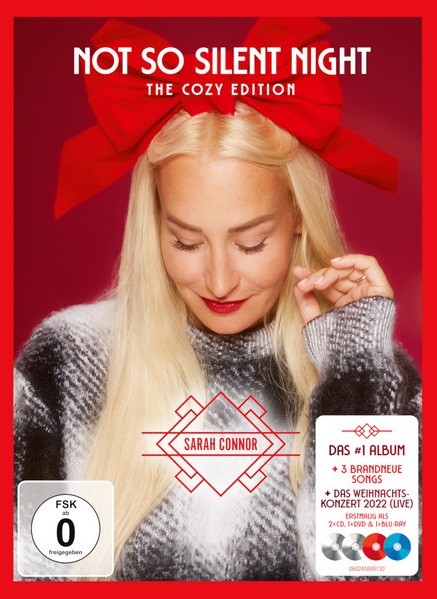
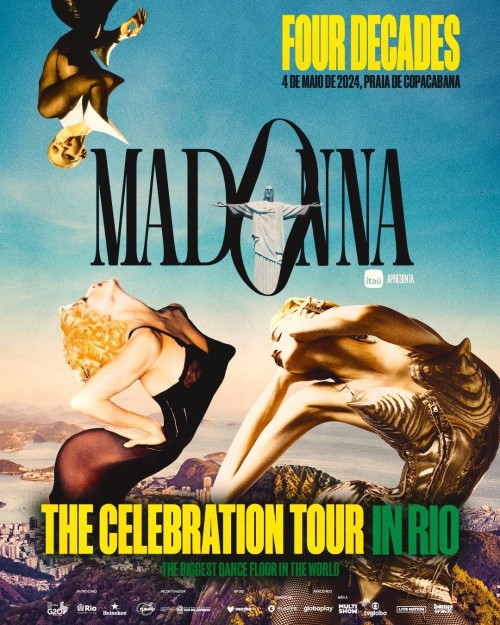
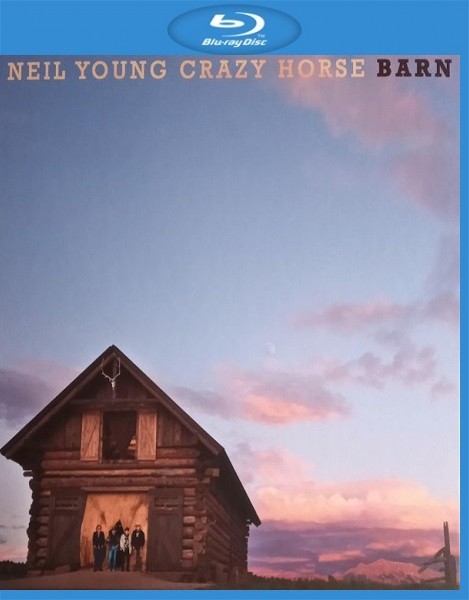
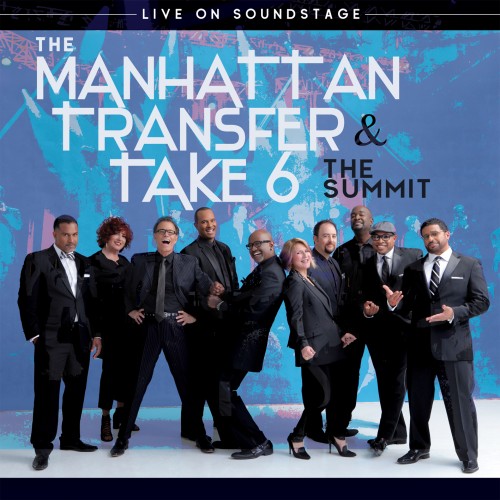
![King Crimson - Larks’ Tongues in Aspic (40th Anniversary Edition) (1973/2023) [High Fidelity Pure Audio Blu-Ray Disc]](https://imghd.xyz/images/2024/05/12/138741_front.md.jpg)
